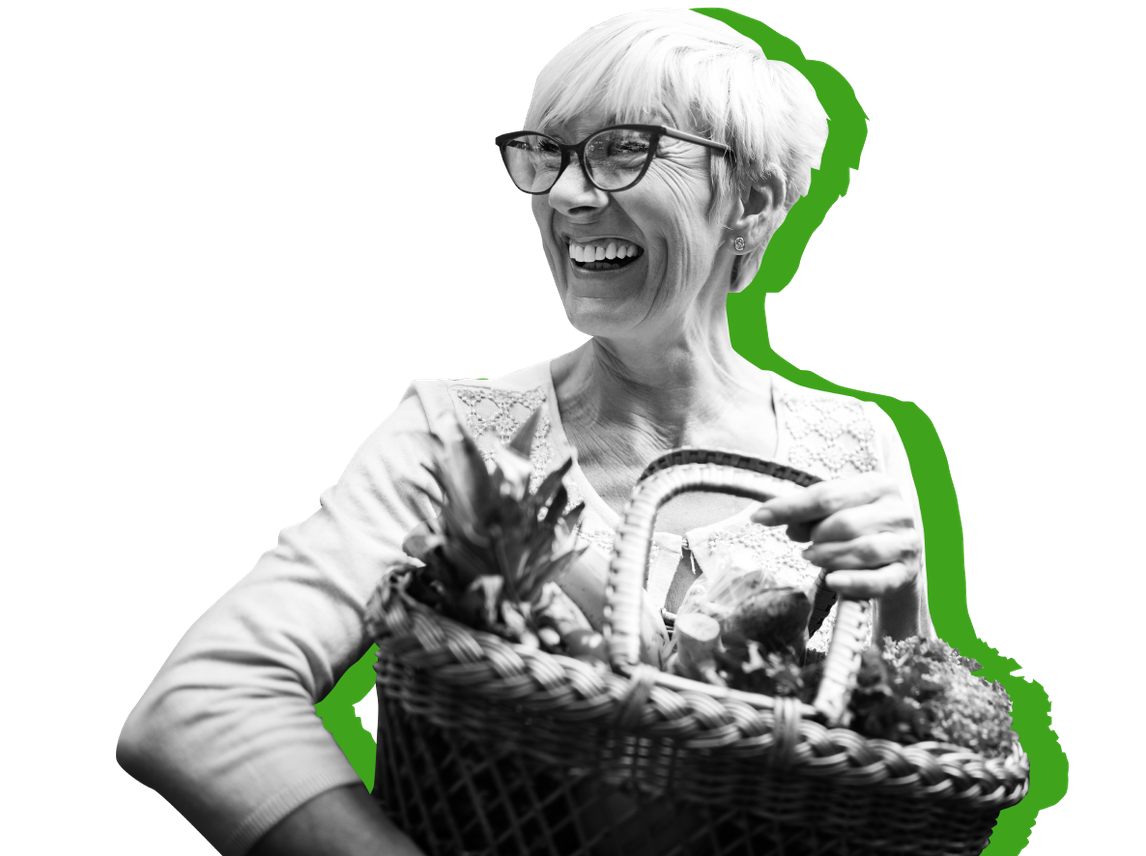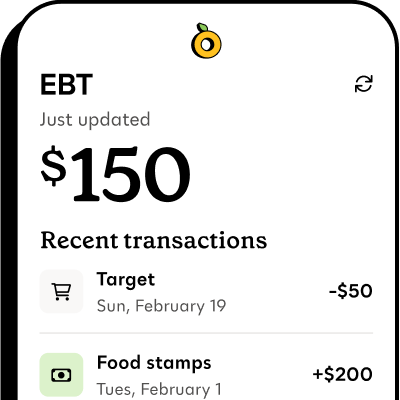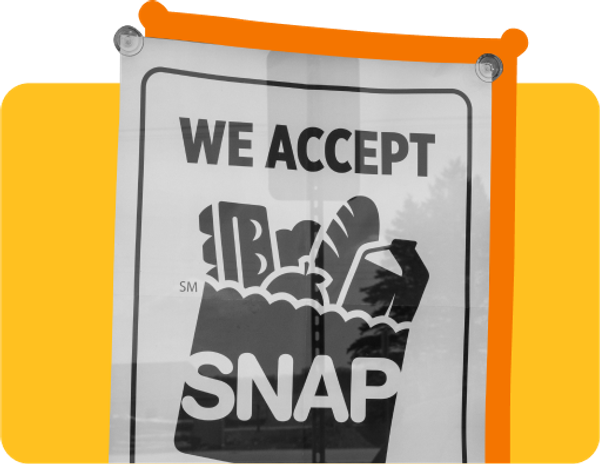Can seniors on Social Security get food stamps?

Yes—seniors (meaning people age 60 or older) who are on Social Security can also qualify for SNAP, often just called food stamps. They just have to meet the eligibility requirements, like anyone else who applies for SNAP benefits.
- Social Security is a federal program that provides income to people who are retired or disabled. Social Security pays out monthly retirement benefits based on average monthly earnings during your highest-earning working years.
- According to the Social Security Administration, the average monthly SNAP benefit for seniors is $1,864.87.
- Even when combined with other retirement income or savings, many seniors may not have enough to cover basic needs, especially with the rising cost of food.
Here’s what to know about seniors qualifying for SNAP, as well as what you should keep in mind during the application process.

Propel is the #1-rated EBT balance checking app
What are the SNAP eligibility rules?#what-are-the-snap-eligibility-rules
In order to qualify for food stamps, seniors who are on Social Security just need to meet the rules for applying to and getting SNAP benefits.
SNAP eligibility will vary based on the state you live in, but it will primarily depend on:
- Income: SNAP benefits are based on a household's gross income. Gross income is the amount you make before taxes, and the income limits
- Household size: A household is defined by the people you buy and prepare food with. Generally, the more people in the home, the higher the income limit to qualify for food stamps.
- Immigration status: You must be a U.S. citizen or a qualifying noncitizen to be eligible for food stamps (some refugees and people seeking asylum are considered qualifying noncitizens and may be able to get SNAP benefits).
Special consideration for seniors on Social Security and SNAP#special-consideration-for-seniors-on-social-security-and-snap
The SNAP application process may look a little different for seniors on Social Security. Here are some things to consider.
- Income rules for seniors: For applicants 60 and older, your income needs to be below $15,060 for one person or $20,440 for two people. Senior income is calculated based on net income rather than gross income. Net income considers housing expenses, utilities, and dependents, and includes Social Security benefits.
- Household rules for seniors: Typically, SNAP considers a household to be any people who live together and prepare food together. But seniors living with non-seniors can apply as a separate household under certain conditions.
- Asset rules for seniors: For seniors, assets are defined only as money in your bank account, and don’t include your home, retirement savings, or additional property. Your assets must total $4,500 or less.
While these are typical considerations, SNAP eligibility for seniors receiving Social Security benefits varies by state. Reach out to your local SNAP office to learn more.
Some states have a simplified application process for seniors applying to SNAP, called the Elderly Simplified Application Project (ESAP).
Once you qualify for SNAP as a senior, you don’t have to apply for recertification as frequently, and in states that have ESAP, you don’t need to interview again when you do your SNAP recertification.







